- No products in the cart.
Dantsev eye drops / 0.3% 5ml ushn-cap vial.
$3.11
Dantsev eye drops / 0.3% 5ml ushn-cap vial.
Description
Composition
Active substance:
1 ml contains: ofloksatsin- 3 mg.
Excipients:
Benzalkonium chloride 0.1 mg Sodium chloride 8,0 mg Disodium edetate 1.0 mg, 2.0 mg of hypromellose, sodium hydroxide q.s., hydrochloric acid q.s., water for injection to 1.0 ml.
Description:
The clear pale yellow solution.
Product form:
Eye drops and ear 0.3%.
5 ml plastic bottle with screw-cap dropper or in a plastic bottle, a sealed stopper dropper, closed with plastic screw cap with tamper-evident. Each vial-dropper or plastic vial together with instructions for use placed in a cardboard box.
Contraindications
Hypersensitivity to the components (including other derivatives of quinolones), not bacterial diseases adnexa eye, the anterior and posterior eye segment, non-bacterial otitis media, pregnancy, lactation, children’s age (up to 1 year).
Dosage
0.3%
Indications
Infectious diseases adnexa and anterior segment of the eye eye, caused by susceptible microorganisms to ofloxacin in adults and children aged 1 year and older.
Prevention of infection in ophthalmic surgery.
ear infections.
Ofloxacin is indicated for the treatment of the following conditions in adults and children aged 1 year and older:
Otitis externa caused by Escherichia coli, Pseudomonas aeruginosa, Staphylococcus aureus.
Chronic suppurative otitis media, including with perforation of the eardrum caused by Proteus mirabilis, Pseudomonas aeruginosa or Staphylococcus aureus.
Acute otitis media with tympanostomy tubes caused Haemophilusin fluenzae, Moraxella catarrhalis, Pseudomonas aeruginosa, Staphylococcus aureus and Streptococcus pneumoniae.
Overdose
After topical administration of an excess dose Dantsil® preparation eye should be rinsed with clean water at room temperature. Information about the system displays no overdose.
pharmachologic effect
Pharmacological group:
The antimicrobial agent, a fluoroquinolone.
Pharmacodynamics:
The mechanism of action is due to inhibition of bacterial DNA gyrase-mediated supercoiling and thus, stability of bacterial DNA (DNA destabilization chains leads to their destruction). It has a bactericidal effect.
Ofloxacin is not destroyed by beta-lactamases and is unaffected by enzymes such as aminoglycoside adenilazy, phosphorylase, or chloramphenicol acetyltransferase.
Ofloxacin, a synthetic fluorinated 4-quinolone, having antibacterial properties against a broad spectrum of gram-negative and to a lesser extent Gram-positive microorganisms, is active against most strains of the following pathogens infectious eye diseases:
In ophthalmology, and ENT practice to use for the treatment of eye and ear infections caused by susceptible strains: Chlamydia trachomatis, Enterobacter cloacae, Haemophilus influenzae, Proteus mirabilis, Pseudomonas aeruginosa, Staphylococcus aureus, Staphylococcus epidermidis, Streptococcus pneumoniae.
Pharmacokinetics:
Average concentrations of ofloxacin in the lachrymal fluid after 4 h after topical application of more than 2 mcg / ml, the minimum concentration required to inhibit by 90% in vitro growth (MIC90) of the most common strains of infectious eye diseases.
Instillation of ofloxacin in the ear in the case of an intact eardrum accompanied by a minimal absorption in the middle ear. However, ofloxacin absorption increases with perforation of the eardrum. After instillation of 0.3% ofloxacin solution adults with perforation of the eardrum in a peak serum concentration was 10 ng / ml.
The maximum serum concentration of ofloxacin after 10 days of regular topical 1000 times less than standard doses of ofloxacin inside.
Conditions of supply of pharmacies
On prescription.
side effects
When instillation in the eye may cause transient stinging or discomfort in the eye, after instillation, conjunctival hyperemia, contact conjunctivitis, keratitis, foreign body sensation in the eye, blurred vision, edema person or periorbital area, pain in the eye, photophobia, itching sensations, lacrimation and Feel dry eye.
Very rare: stupor, dizziness, nausea and headache. Also described are rare cases of hemorrhagic conjunctivitis with edema century.
Local reactions (allergic reactions, mild pain and redness of the tympanic membrane) upon application of ofloxacin in the form of ear drops over otitis externa are developed in 16.8% of patients.
1% of patients report pain in the ear, a feeling of tinnitus, transient hearing loss, the occurrence of external and otitis media.
special instructions
As is the case with other antimicrobial agents, ofloxacin prolonged use may lead to the growth of flora insensitive thereto. Therefore, in the absence of clinical improvement during the treatment or standard term deterioration of drug necessary to cancel and start alternative therapy.
Soft contact lenses should not be worn during treatment with the drug; hard contact lens is removed prior to instillation and mounted again 20 minutes after instillation. It should not be administered subconjunctivally or anterior chamber of the eye.
Wear sunglasses (because of the possible development of photophobia) and avoid prolonged exposure to bright light.
Storage conditions
At temperatures above 25 ° C, protected from light.
Do not freeze. Keep out of the reach of children.
Dosing and Administration
Infectious diseases of the eye.
For the treatment of bacterial corneal ulcers ofloxacin recommended dose for adults and children aged 1 year and older 1-2 drops of 0.3% solution in the affected eye (or both eyes) every 30 minutes awake time, and then after 4 and 6 hours after backfilling for 2 days. Beginning 3 days of treatment and for the following 4-6 days, the solution may be instilled 1-2 drops every hour during wakefulness, followed by 1-2 drops 4 times a day for a further 3 days or until clinical cure.
For the treatment of conjunctivitis, blepharitis, keratoconjunctivitis, keratitis, meybomita, dacryocystitis and prevent infections after trauma to ophthalmic surgery and eye ofloxacin in the form of eye drops is usually applied only during the period of wakefulness.
For adults and children aged 1 year and older ofloxacin recommended dose of 1-2 drops of 0.3% solution in the affected eye (or both eyes) every 2-4 hours (during wakefulness time) for 2 days, followed by 1- 2 drops 4 times a day for no more than 5 days.
ear infections.
Adults and children over 12 years:
In the case of otitis externa instilled 10 drops in the affected ear 2 times a day for 10 days.
In the treatment of chronic suppurative otitis media with perforation of the eardrum chronic recommended dose is 10 drops in the affected ear 2 times a day for 14 days.
For the treatment of otitis media with tympanostomy tubes recommended dose is 5 drops 2 times a day for 10 days.
Children aged 1 to 11 years:
The physician must specifically assign the use of the drug and to determine the dosage. All treatment should take place under the supervision of its ambulatory.
For the treatment of otitis externa and otitis media with tympanostomy tubes recommended dose is 5 drops in the affected ear 3 times a day for 10 days.
Before instillation bottle should be warm in hand for 1-2 minutes to avoid the development of vertigo (possibly using cold solution).
Instillation produced with the patient lying on his side. After instillation of the patient should maintain this position for 5 minutes to facilitate the passage of the solution through the external auditory meatus. If necessary, in the other ear instillation operate similarly.
Information
Appearance may differ from that depicted in the picture. There are contraindications. You need to read the manual or consult with a specialist
Additional information
| Weight | 0.100 kg |
|---|---|
| Manufacturer | Sentis |

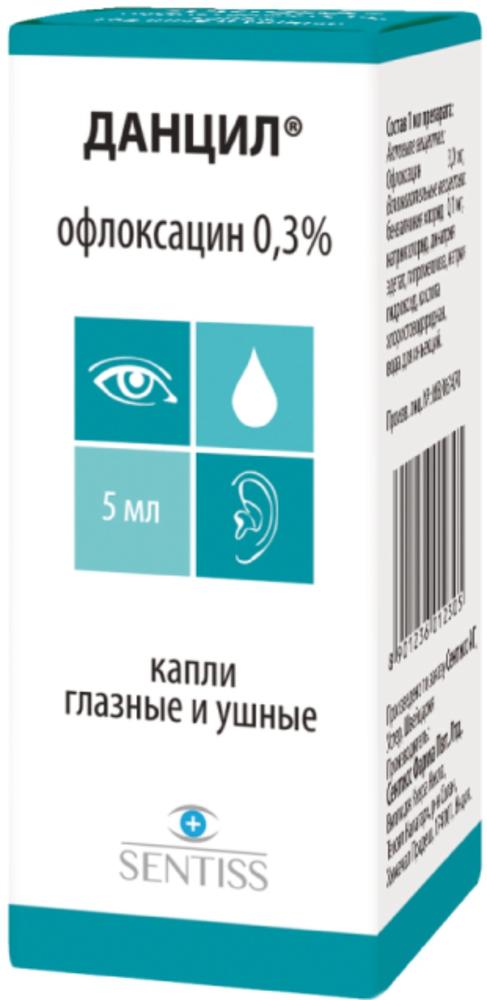
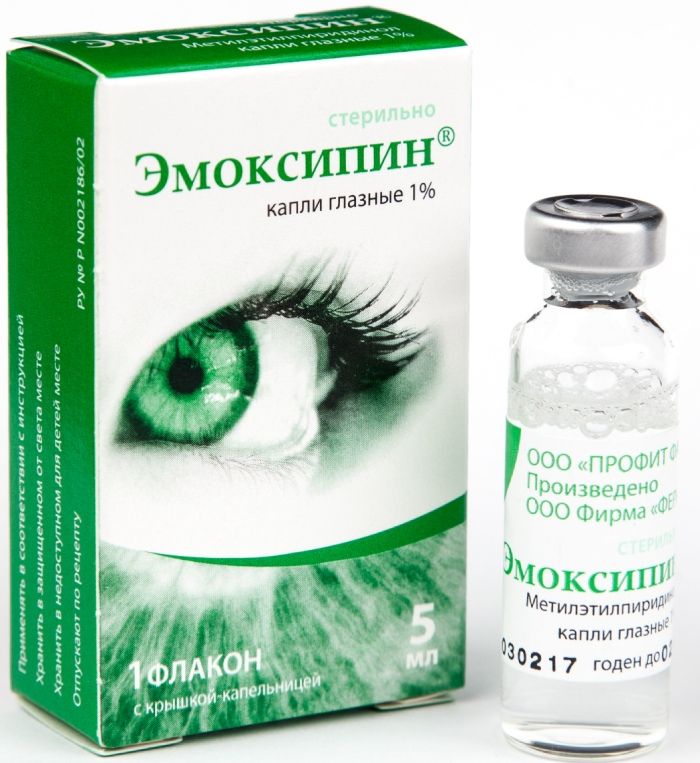

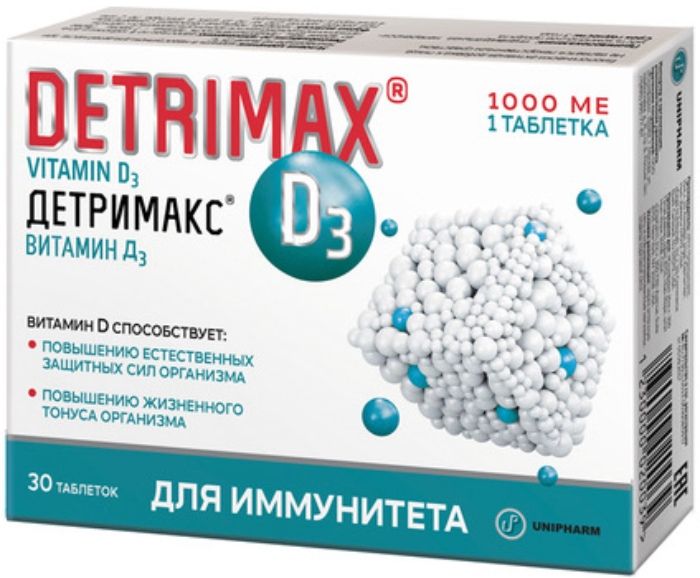
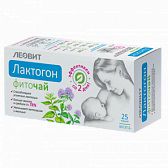
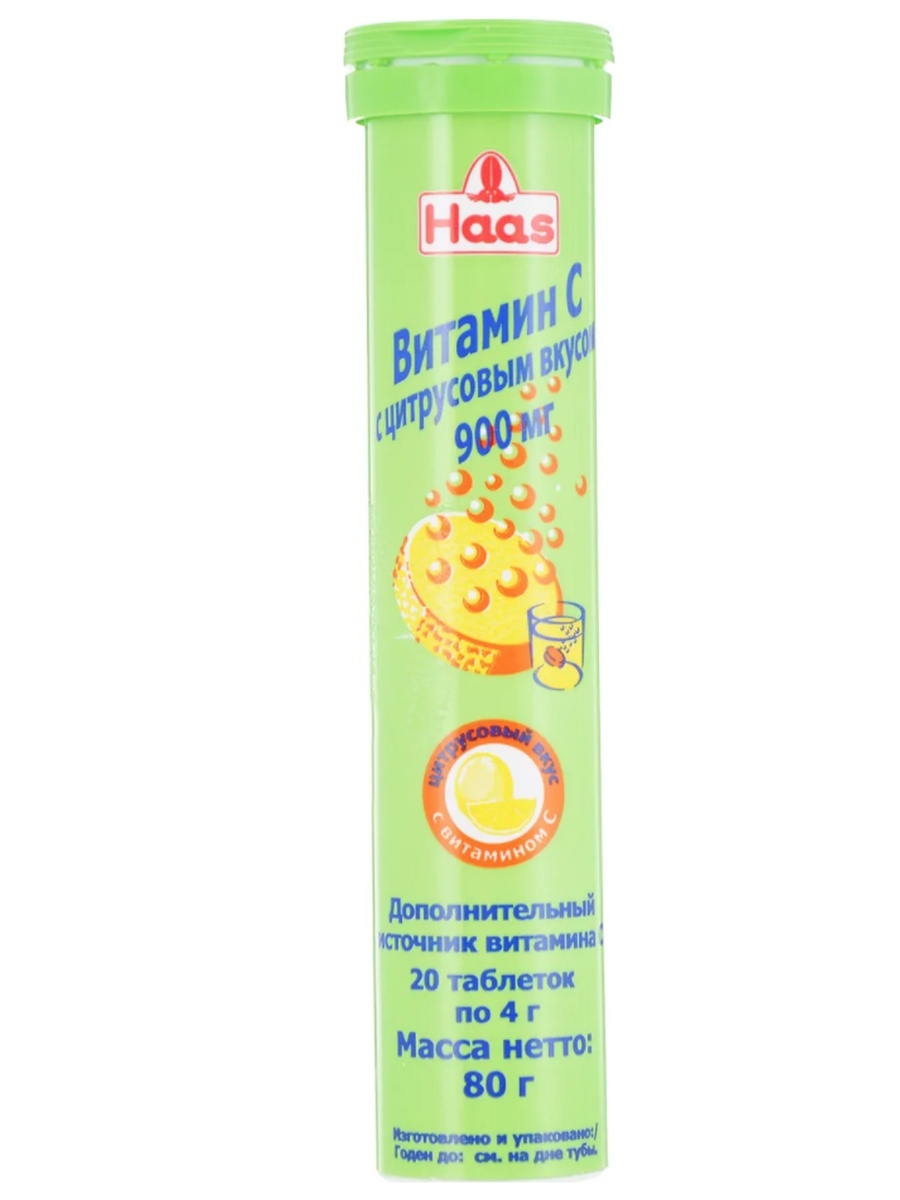
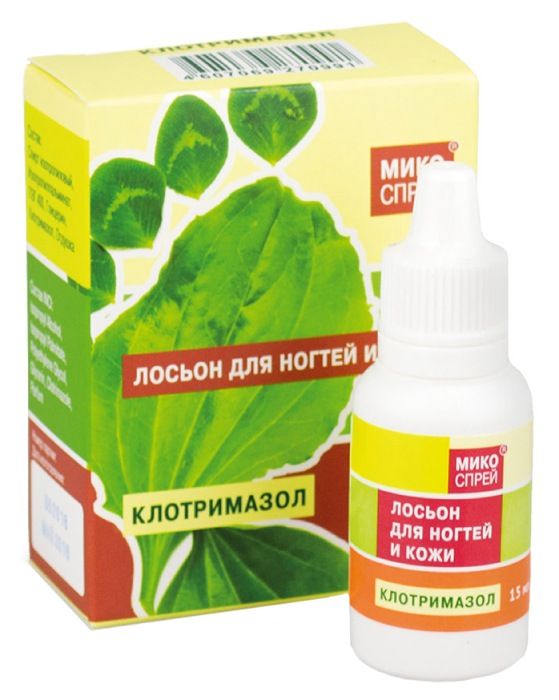
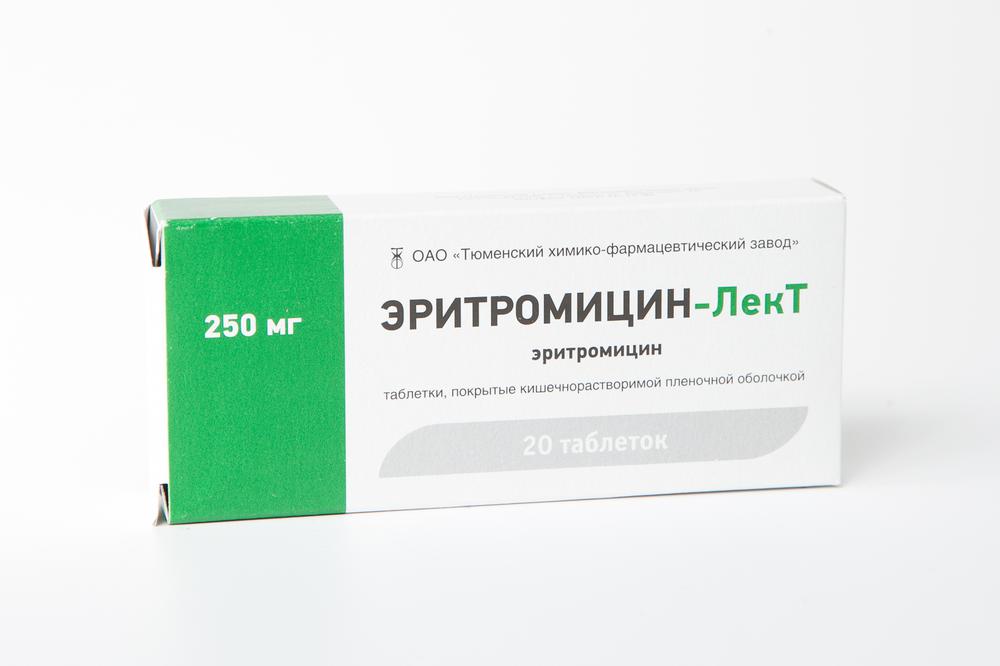
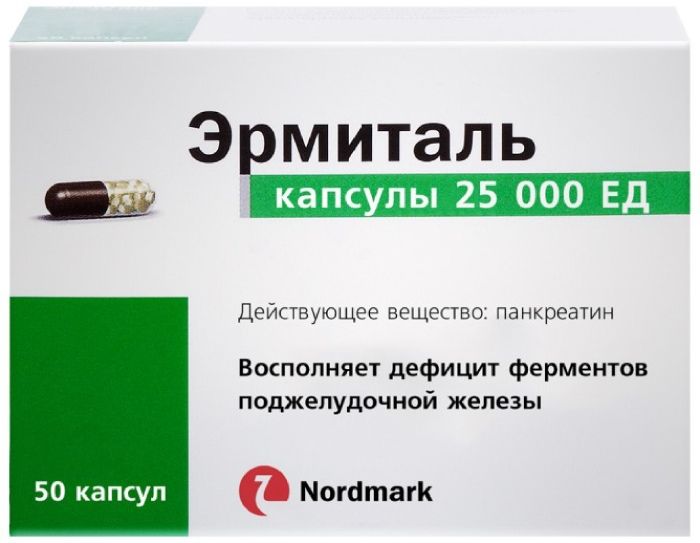




There are no reviews yet.